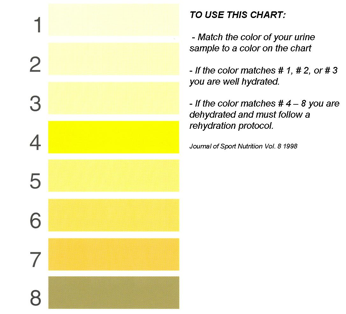February Blog
February Blog
This week’s training marks the first 60Km cycle in the build up to 70km by the end of the month.
Now is an ideal time to think about your nutritional needs to help your fitness level and give you the competitive edge. Your nutritional intake on your training plan should reflect your intake on G-day. This month is an ideal time to work out what suits you. This week we will focus on hydration, watch out next week for tips on what to eat.
Hydration
Fluid loss though sweating will vary for everyone. If you do not replace these losses you run the risk of dehydration and fatigue. When dehydrated body temperature rises, heart rate increases and carbohydrate stores become depleted. This results in the need to work much harder just to perform at the same speed.
What should I drink?
It is best to drink a combination of water and sports drinks which contain electrolytes to replenish electrolyte losses.
How to practice and work out your hydration
Pre cycle
To make hydration on the bike easier, try to stay hydrated every day by drinking >2 litres of water, juice, sports drinks or milk.
On the day of your cycle
Drink 500-1000ml that morning.
Drink at least 300ml (ideally a sports drink).
Check the colour of your urine using the chart below. If your urine matches 1-3 you are good to go but if it’s is darker you will need to drink more.
Don’t forget to weigh yourself pre cycle.

During the cycle
We all lose sweat at different rates and by the time you feel thirsty you are probably already dehydrated. The best way to work out how much fluid you require during the race is by weighing yourself before and after training. The aim of hydration during exercise is to keep your hydration weight loss less than 2% of your body weight. If you are find it difficult to keep your weight loss less than 2% try doing a 60 minute sweat test (see the details below). Remember your fluid losses will vary depending on the temperature on the day so try to practice in a range of weather if possible. If that is not possible, just remember to drink more as the temperature increases.
Generally you should drink 150-500ml every 15 minutes.
Aim to drink small amounts frequently.
A 60 minute sweat loss test can help you decide on how much to drink during your cycle. Start by hydrating well during the day. Check your weight without your clothes. Go for a cycle at your normal racing intensity for 60 minutes and don’t drink during the cycle. Straight after the cycle towel off any sweat from your skin and weigh yourself again without your clothes. The difference in the two weights in grams will equate to total fluid losses in millilitres. Most people find that they lose 500-1000 ml per hour so you would need to replace with 150-250ml per 15 minutes.
After the cycle
You should replace all fluid loses after the training or race.
After exercise drink 1.5 litres for every 1 kg of weight loss. Aim to replace this fluid within 1-4 hours.
For further information on sports nutrition, see this handy guide produced by the Irish Nutrition and Dietetic Institute:
https://www.indi.ie/images/public_docs/25_INDI_Book_(Sport).pdf
Written by:
Fiona Dunlevy, Dietitian Manager at the Coombe Women & Infants University Hospital
